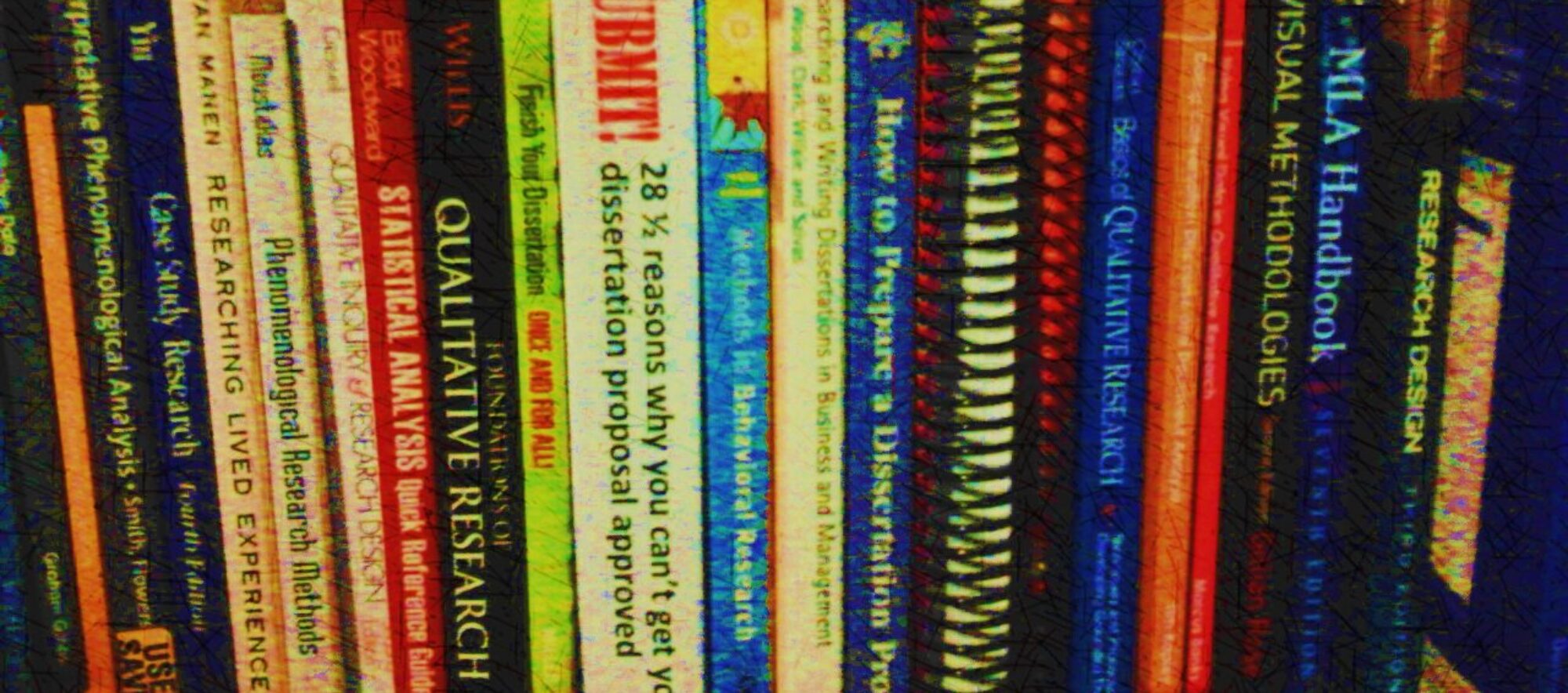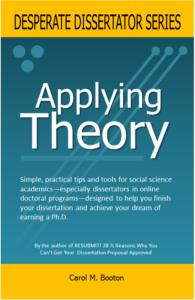I love qualitative research. For me, the best part about qualitative research is talking with participants face-to-face. Sure, we can talk to people on the phone or by video chat software, but nothing conveys the immediacy and vitality of their lived experience like sitting across from them, looking into their eyes, watching their hands, noting their posture, as they thoughtfully answer our questions. In the era of COVID-19 and social distancing, when we can’t interview our participants face-to-face, what can we qualitative dissertators do to ensure we collect robust, rich, deep, thick data?
Accept the new normal
For those who had their hearts set on doing face-to-face in-person interviews, it’s time to grieve a little and get busy. No matter how much we might want to be together, we can’t right now. Your interview participants don’t want to breathe your air, even if you are willing to breathe theirs. You still want that doctorate, don’t you? Accept the new normal and move on.
Some of you might already have planned to conduct live interviews using a remote method—telephone or video chat. If that’s you, you can charge into this brave new world without breaking stride. However, if your dissertation proposal required you to have sit-downs with your participants, maybe over a cup of green tea in a university conference room, you will need to adjust your approach, because times have changed. Drastically and quickly.
Experiment with new ways to talk to participants
As an introvert, I’m perfectly happy working alone in my cave. However, even I need human contact once in a while. Connecting by telephone fulfills that need, although not perfectly. When I was collecting data for my dissertation research, some years back, I talked to ten people about their experiences with the phenomenon I wanted to explore. I conducted one follow-up interview by phone. I much preferred the in-person interview experience; plus, I think the data from the in-person interviews were deeper and richer than the data collected by phone. It’s easier to probe participants’ answers when we see them squirming or fidgeting. Subtle behaviors are missed when we can’t see faces and gestures.
In addition, I am a visual learner. That means I need to see faces when I’m communicating. In fact, I can’t hear as well if I can’t read lips and body language. In this new era of communicating during a pandemic, I’m learning to connect by video chat. It’s the next best thing to being there live.
I’ve tested several platforms, including Zoom, Google Hangouts, Google Duo, Wire, and Skype. (I’m not cool enough for an iPhone, so I haven’t used Facetime.) I’m sure you have more experience chatting by video than I do, so I’ll leave it to you to choose your preferred platform. So far, I prefer Google Hangouts and Wire. What is your preference?
Adapt to your participants’ preferences
When we are doing interviews, our preferences don’t really matter that much, do they? We need to adapt to the preferences of our participants. It’s hard enough to get people to talk with us for an extended interview. Getting them to download, install, and launch a platform they haven’t used before is a heavy lift, especially when we usually aren’t compensating them for their time.
Before you set up your interviews, test several different platforms yourself. Offer different options to your prospective participants. Help them set up and launch their preferred platform.
Make sure you can see and hear adequately. Identify audio and video recording capabilities. If you are new to collecting data by video chat, test your procedures with several people first. You may need to get some extra gear—for example, an external recording device, a better microphone, and a lot of disk storage space if you plan to record the video.
Identify the limitations of your data collection approach
Collecting data by telephone and video chat has inherent limitations. Obviously, your telephone participants must have access to a phone. Most people these days have phones. You can probably adapt your data collection plan without too much trouble.
For video chat, your prospective participants need Internet access and some sort of video chat platform. They don’t need a computer. Most video chat platforms function well on smartphones. Finding Wi-Fi could be challenging. In my area (Portland, Oregon), the Multnomah County Library continues to offer W-Fi, even though the libraries are temporarily closed. You, as the interviewer, should be working from a system with a large monitor, if you want to be able to see faces and body language.
Some groups are just plain difficult to reach, even in-person—for example, seniors, addicts, the homeless—reaching them now may be impossible in this new age of social distancing. Interviewing members of these groups will require some ingenuity and creative technology.
Pay attention to the data collection practices of the U.S. Census Bureau, when its researchers finally decide how to reach those hard-to-reach groups. Maybe you can adapt their approaches to collect the data you need.
Prepare to start over
It’s not your fault this pandemic happened now. It’s definitely inconvenient, to put it mildly, and we wish it hadn’t happened, but it did. Pretending it isn’t happening (my default) or blaming someone or something is not productive. Disasters happen. I thought it would be the earthquake that threw us for a loop, but nope, it was a virus.
We hope disasters don’t happen to us, but here it is. Your task is simple. As you are doing what you have to do to endure this lock-down, decide how much you are willing to compromise your concept and your data collection approach. I hope you don’t need to redo your entire concept. However, if you want that Ph.D., you may need to start over.
Imagine all the new research opportunities
One way I’m coping with my fear and grief is by imagining how I would study this experience. Assuming I survive, of course. You may find yourself needing to revise your dissertation approach, maybe rewriting your proposal entirely. I’m sorry if that is your challenge, but you can do it.
A friend of mine was working on her master’s in international business when the Berlin wall came down. Rather than revising her theses and adjusting her data collection approach, she quit her master’s program. I hope you don’t do that.
Plan for a future
The pandemic we face now is possibly the most disruptive force we will experience in our lifetimes. If we survive this, imagine all the facets of human behavior that need to be studied. For social scientists, every moment of this unfolding disaster is a dissertation waiting to be written. Please grieve, regroup, and get busy. The world needs your research now more than ever.






